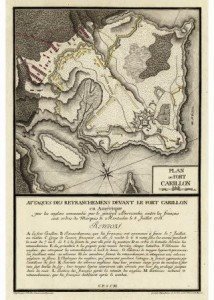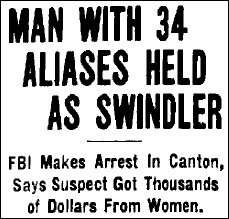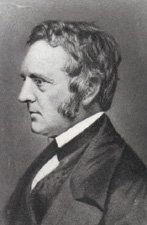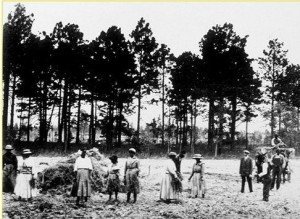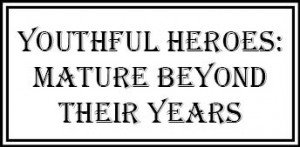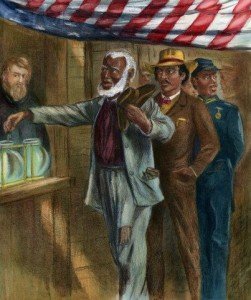 In an eight-month span in the 1930s, two Ticonderoga canines made headlines for something dogs are known for in general: loyalty. Few relationships are more rewarding in life than the human-canine experience, as anyone reading this who shares a dog’s life can attest. For those who have children as well … some might be loathe to admit it, but dogs provide many of the same positives without all the complicated baggage.
In an eight-month span in the 1930s, two Ticonderoga canines made headlines for something dogs are known for in general: loyalty. Few relationships are more rewarding in life than the human-canine experience, as anyone reading this who shares a dog’s life can attest. For those who have children as well … some might be loathe to admit it, but dogs provide many of the same positives without all the complicated baggage.
Humans in dire circumstances react in two ways—save themselves or save others. We part company there with dogs, whose devotion compels them to maintain the relationship to the sweet or bitter end. Read more
